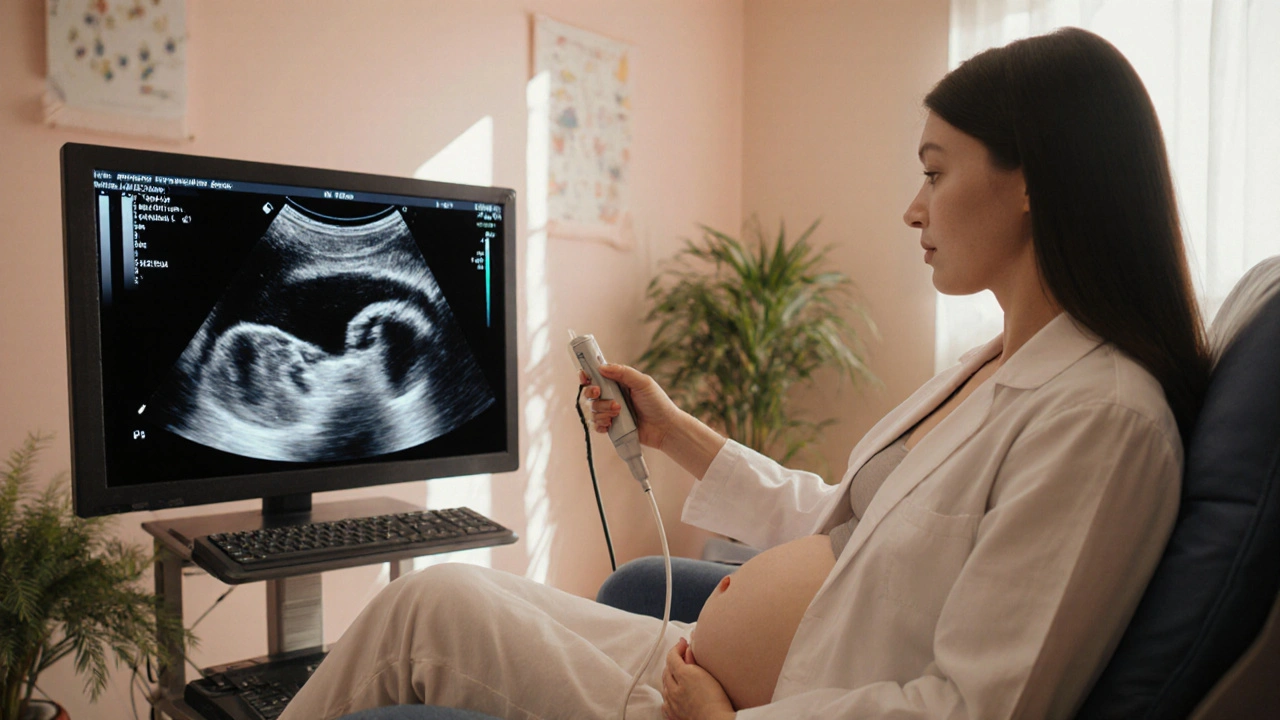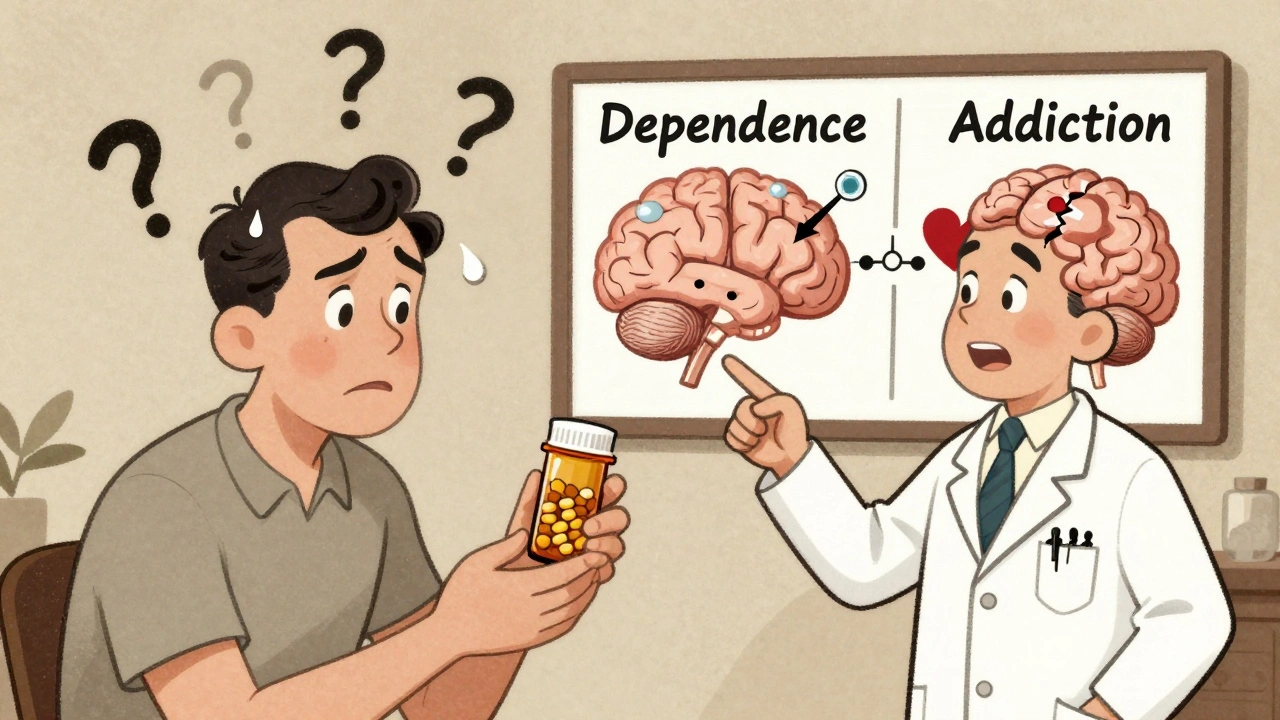Spina Bifida: What You Need to Know
When talking about Spina Bifida, a birth defect where the spinal column fails to close fully during early pregnancy. Also known as SB, it can affect nerves, muscles, and organ function depending on severity.
One of the most severe forms is Myelomeningocele, in which the spinal cord and membranes protrude through the opening. This form frequently brings Hydrocephalus, a buildup of cerebrospinal fluid that increases pressure on the brain. Both conditions often require lifelong monitoring and coordinated care. Understanding how they interrelate helps families plan for surgery, physical therapy, and educational support.
Early detection is a game‑changer. Prenatal Screening uses maternal‑serum alpha‑fetal protein tests and detailed ultrasounds to spot spinal defects as early as 12‑weeks. When a potential case shows up, doctors can offer fetal MRI, discuss folic‑acid supplementation, and explore in‑utero repair options. Catching spina bifida before birth allows parents to choose delivery at a center with pediatric neurosurgery and neonatal intensive care ready.
Once the baby is born, a team of specialists decides the best intervention plan. Neurosurgery often involves closing the defect within the first days of life and placing a shunt to manage hydrocephalus. Later, orthopedic surgeons address scoliosis or clubfoot, while occupational therapists work on mobility and independence. The goal is to reduce complications, preserve function, and improve quality of life. Spina Bifida presents a unique set of challenges, but modern medicine offers clear pathways from detection to long‑term care. Below you’ll find articles that break down each step – from understanding the genetics behind myelomeningocele to tips on navigating insurance for neurosurgical procedures. Dive in to see practical advice, real‑world case studies, and the latest research that can help you or someone you love manage this condition effectively.

Spina Bifida in Unborn Fetus: Why Early Detection Matters
- 10 Comments
- Sep, 28 2025
Learn why spotting spina bifida early in pregnancy matters, the best screening tools, prevention tips, and how timely detection shapes treatment options.




